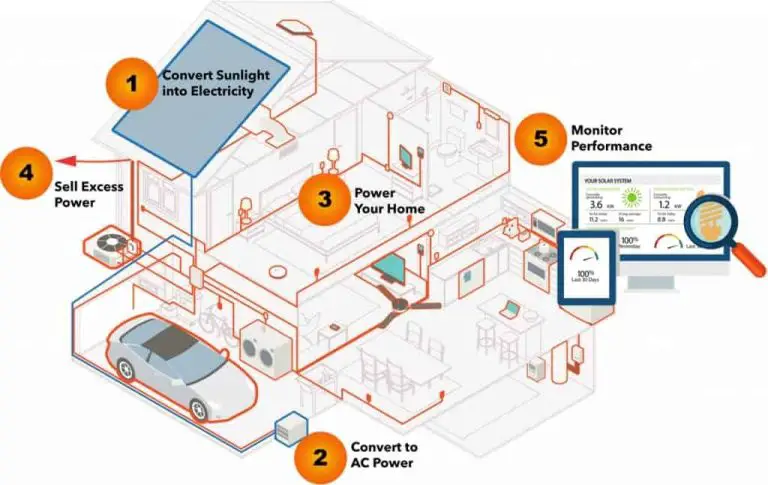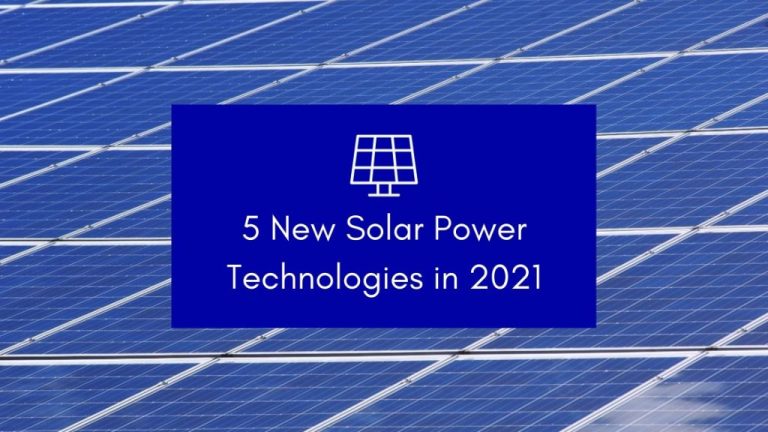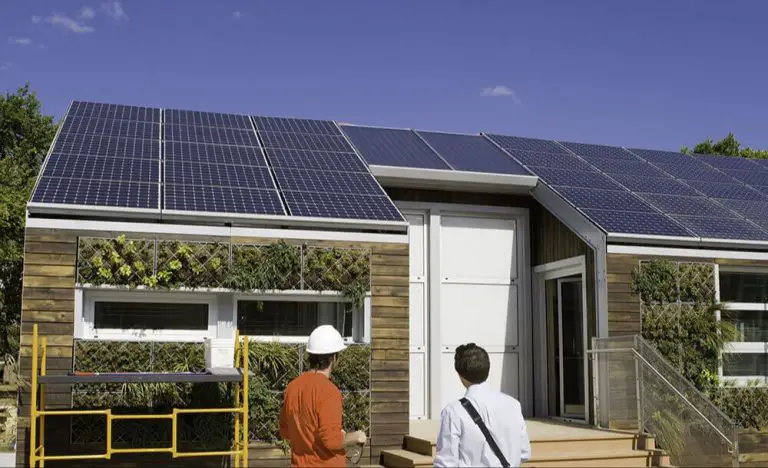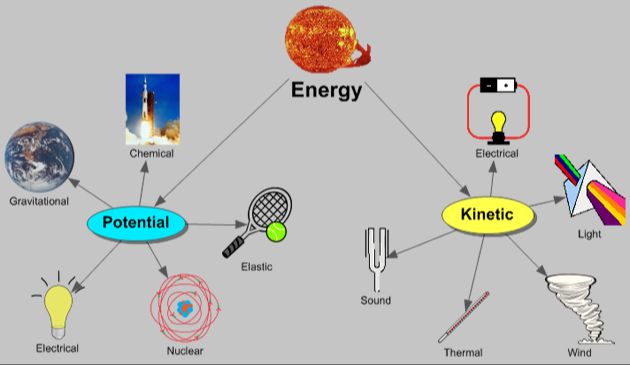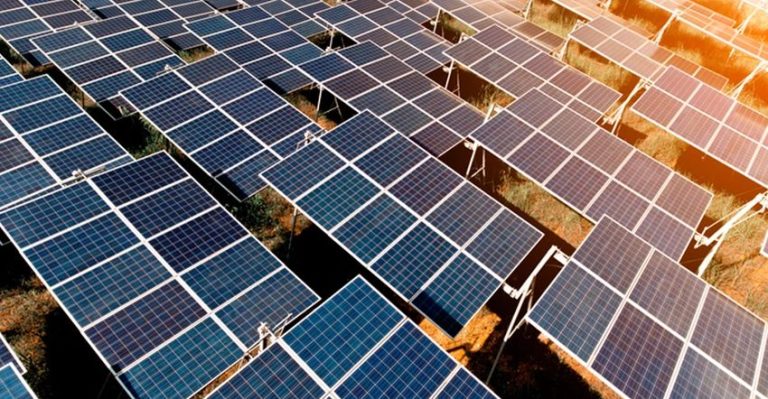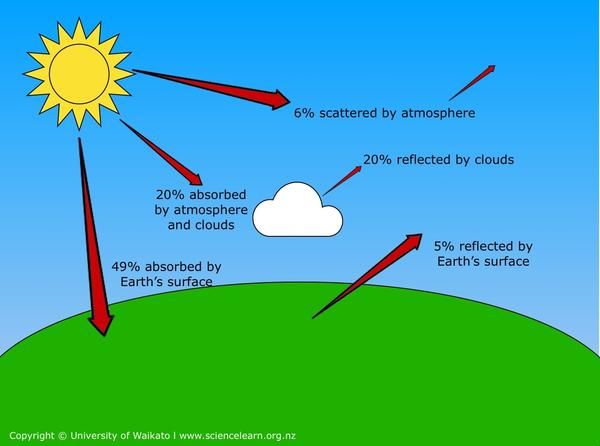Why Can’T We Just Use Solar Energy?
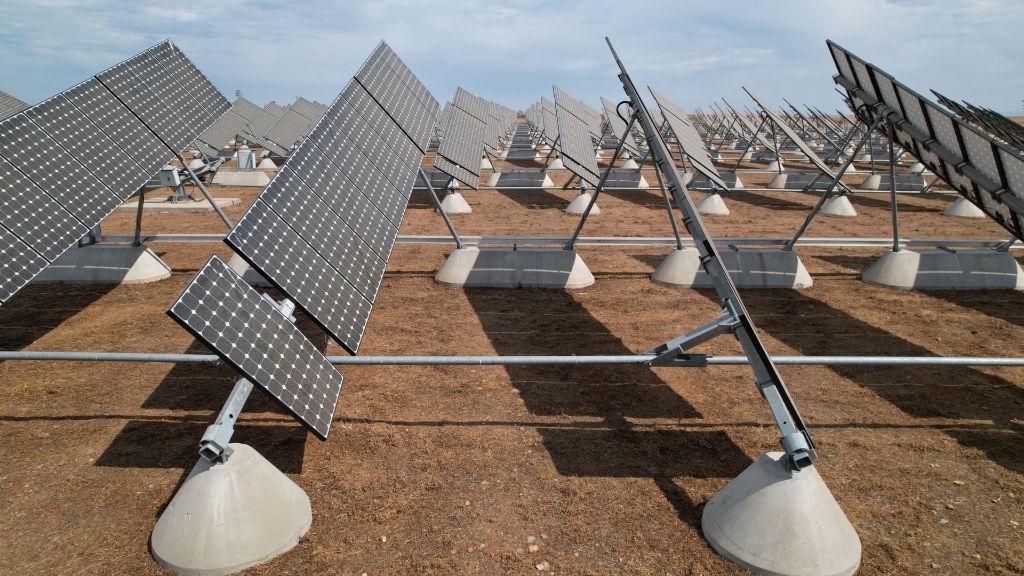
Solar energy refers to harnessing the sun’s energy and converting it into electricity using photovoltaics or solar heating. It offers several potential benefits, including being a renewable and clean energy source that does not generate greenhouse gas emissions. Solar power also allows households and businesses to generate their own electricity and reduce reliance on the grid. However, despite these advantages, solar energy currently provides only about 3% of total electricity generation in the United States. This raises the main question of why we cannot rely solely on solar power to meet our energy needs.
Intermittency
One of the main challenges with relying solely on solar energy is its intermittent and inconsistent nature 1. Solar energy can only be captured when the sun is shining – it does not produce any power at night or on cloudy days. This means solar power generation can fluctuate dramatically throughout the day and between seasons2.
The intermittency of solar makes it difficult to integrate as a main power source into the electricity grid. Grid operators are used to consistent, controllable sources like coal, gas or hydro. With solar, they have to deal with unpredictable spikes and dips in power generation which can destabilize the grid. This complicates grid management and requires backup power sources to fill in when solar drops off3.
Relying solely on intermittent solar power would require overbuilding solar capacity and massive storage systems to provide power when the sun isn’t shining. This adds to the costs and land requirements of solar. While solar will play a major role, its intermittency makes it challenging for solar alone to power the grid.
Energy Storage
One of the main challenges with relying solely on solar energy is the ability to effectively store and access the energy when the sun is not shining. Current battery technology has limitations in terms of capacity and costs that restrict the scalability of solar power (https://www.mkbattery.com/blog/challenges-solar-energy-storage). Lead-acid and lithium-ion batteries are commonly used to store solar energy for residential systems, but they have finite capacities and degrade over time. Utility-scale solar farms require massive banks of batteries to store enough energy to power cities around the clock.
Pumped hydroelectric storage is another option but requires specific geographic features and has environmental impacts. New battery chemistries and flow batteries show promise but are still in early development stages. Significant improvements in battery storage capacity, durability, efficiency, and costs will be required to make solar power more viable as a primary energy source (https://sistinesolar.com/solar-energy-storage-benefits/).
A key limitation is that current storage technologies cannot easily store massive amounts of energy for long durations to account for seasonal and weather-related variability in solar energy generation. Breakthroughs in grid-scale storage and smarter power management strategies are needed to balance supply and demand across solar, wind, and conventional power plants in an integrated energy system (https://www.franklinwh.com/blog/the-advantages-and-disadvantages-of-solar-batteries-for-home-energy-storage).
Cost
The cost of solar energy has fallen dramatically in the past decade, but it remains more expensive than conventional fossil fuel sources like coal and natural gas in many parts of the United States. According to a 2023 study from the University of California, Berkeley, the cost of electricity from new solar farms is now cheaper than approximately 83% of existing coal plants and 39% of the US gas fleet (https://www.theguardian.com/us-news/2023/jan/30/us-coal-more-expensive-than-renewable-energy-study). However, existing coal and gas plants were built years ago and have largely paid off their construction costs, so they can produce electricity more cheaply. The estimated levelized cost of electricity (LCOE) from new solar photovoltaic systems is $24-40 per megawatt-hour (MWh), compared to $26-44 for new gas plants and $26-60 for new coal plants.
Looking at averages, residential solar electricity costs range from 3-6 cents per kilowatt-hour, while fossil fuel electricity ranges from 5-17 cents per kWh (https://www.consumeraffairs.com/solar-energy/solar-vs-fossil-fuels.html). So while solar is competitive in some scenarios, many existing fossil fuel plants can still provide lower-cost electricity due to their sunk costs. The high upfront investment of installing solar panels, around $10,000-$25,000 for an average home, is also a barrier to widespread adoption. Even though lifetime costs may be cheaper, the high initial price tag makes solar power economically challenging for many households and businesses.
Costs are projected to continue decreasing as solar technology improves, but it will likely take sustained lower costs for solar to overtake fossil fuels completely. Targeted subsidies and incentives can help make solar more affordable in the meantime. But the economics still favor conventional energy in many areas today.
Infrastructure
Our current energy infrastructure is designed to distribute electricity from large, centralized power plants to homes and businesses through transmission and distribution lines (Electrical Panel & Infrastructure Needs for Solar 2022). However, distributed solar generation from rooftop solar panels or local solar farms feeds electricity into the grid at many points along the distribution lines. This can cause issues like voltage fluctuations, overloading of transformers, and backflow of electricity if solar production exceeds demand in an area (Electrical Panel & Infrastructure Needs for Solar 2022).
To accommodate large amounts of distributed solar generation, significant grid upgrades are needed. These can include:
- Replacing transformers, wiring, and substations to handle bidirectional power flows
- Installing smart inverters to regulate voltage and frequency
- Adding energy storage to soak up excess solar generation
- Improving long-distance transmission lines to balance supply and demand
Without these upgrades, the grid can only handle a limited amount of rooftop and local solar generation before running into issues. According to SolarWA.org, grid improvements are estimated to cost $500 billion through 2050 to enable high renewable energy penetration (Solar Power requires Improvements to the Electrical Grid to Accommodate Renewables 2023). Thus, infrastructure limitations pose a major bottleneck for scaling up solar power. Overcoming this will require substantial investments and upgrades to modernize our aging electrical grid.
Land Use
Utility-scale solar farms require significant amounts of land, usually a minimum of around 10 acres for a small project up to hundreds or thousands of acres for a large solar farm. According to Transect, solar farms typically need 3-5 acres per megawatt (MW) of energy produced. For comparison, a typical coal or nuclear power plant with 1,000 MW capacity would require about 300 acres of land.
So while the land footprint per MW is larger for solar farms compared to fossil fuel plants, solar power requires far less land per kilowatt-hour of electricity generated over the lifetime of a project. This is because solar panels can operate at high efficiency on the same land continuously for 25-30 years, whereas mines and drilling sites for coal, gas, and oil are constantly expanding and depleting. Renewable energy sources like solar and wind occupy more space intermittently, but don’t permanently alter or extract resources from the land to the same degree as fossil fuel extraction.
Solar farms can also utilize marginal lands like brownfields that aren’t suitable for other development, minimizing competition with agriculture or ecosystems. While solar does have larger upfront land requirements than some other energy sources, the long-term land impacts are far less destructive than continued dependence on fossil fuels.
Variation by Region
Solar potential differs greatly by region due to geography and climate. According to the Global Solar Atlas from the World Bank Group, solar PV power potential varies significantly across countries and regions based on the average daily solar irradiance and hours of sunshine (World Bank, 2020). Areas along the equator typically have the highest solar potential, with many African, South American, and Southeast Asian countries able to generate over 5 kWh/kWp per day on average. Meanwhile, countries farther from the equator like Canada and Russia have lower solar potential, often below 3 kWh/kWp per day. Local climate and weather patterns also impact solar potential. For example, even though Germany is relatively far north, it still has reasonably good solar resources due to its many sunny days. In general, the sunniest and driest areas will have the greatest solar energy potential.
In addition to geography and climate, local infrastructure factors into solar potential as well. Having ample unused land and transmission capacity makes deploying solar easier. Urban areas struggle more with land constraints. Overall, solar energy’s viability depends greatly on the region and its specific attributes.
Public Perception
Public opinion polling shows strong support for expanding solar energy in the United States. A 2016 Pew Research study found that 89% of Americans favor more solar panel farms, while just 9% oppose them. This aligns with a 2022 Pew survey that found 69% believe developing renewable energy should be a higher priority than expanding fossil fuel sources. However, some people have concerns about visually unappealing solar farms, loss of farmland to solar projects, and continued reliance on government subsidies. While most people support solar energy ideologically, local opposition can arise for large-scale projects that would affect a community directly. Effective public outreach and education are key to overcoming misconceptions and building support at the local level.
Policy and Regulations
Governments at the federal, state, and local levels have implemented a variety of policies and incentives to encourage greater adoption of solar energy. According to the Solar Energy Industries Association, the five core policy priorities are:
- Maintaining and expanding the federal solar investment tax credit (ITC), which allows homeowners and businesses to deduct a percentage of solar installation costs from their taxes. The ITC is currently 26% and will phase down over the next few years (https://www.thirdway.org/memo/solar-power-policies-to-help-america-lead).
- Net metering policies, which allow solar customers to receive credit or compensation for excess power sent back to the grid. Currently 41 states have mandatory net metering laws (https://solsmart.org/resource/the-federal-and-state-context-policies-affecting-solar-energy-development).
- Renewable portfolio standards (RPS), which require utilities to source a certain percentage of their electricity from solar and other renewables. 29 states and DC have RPS policies, with goals ranging from 10-100% (https://energy5.com/how-government-policy-is-shaping-the-solar-energy-market-what-you-need-to-know).
- Streamlining solar permitting and interconnection processes to reduce red tape.
- Updating building codes to make homes and businesses “solar ready” for easy installation.
State and local governments play a key role through tax rebates, renewable energy credits, preferential rates, and solar access laws. The Database of State Incentives for Renewables & Efficiency tracks state-level policies (https://www.dsireusa.org/).
Conclusion
In summary, while solar energy holds great promise as a clean, renewable energy source, there are still challenges to overcome before it can fully replace fossil fuels. The main barriers are the intermittent nature of solar power, limitations of energy storage technology, high costs compared to conventional power, lack of infrastructure to connect solar facilities to the grid, land use constraints, and regional variation in solar resources. However, with continued advances in photovoltaic efficiency, battery storage capacity, smart grid technology, and lowering solar costs, the prospects for solar to play a major role in the future energy mix look bright. With supportive policies and public engagement, solar power could realistically provide 20-30% of global electricity by 2050. Much work remains, but the solar industry has already made remarkable progress. The transition may take time, but the future is bright for solar energy.

